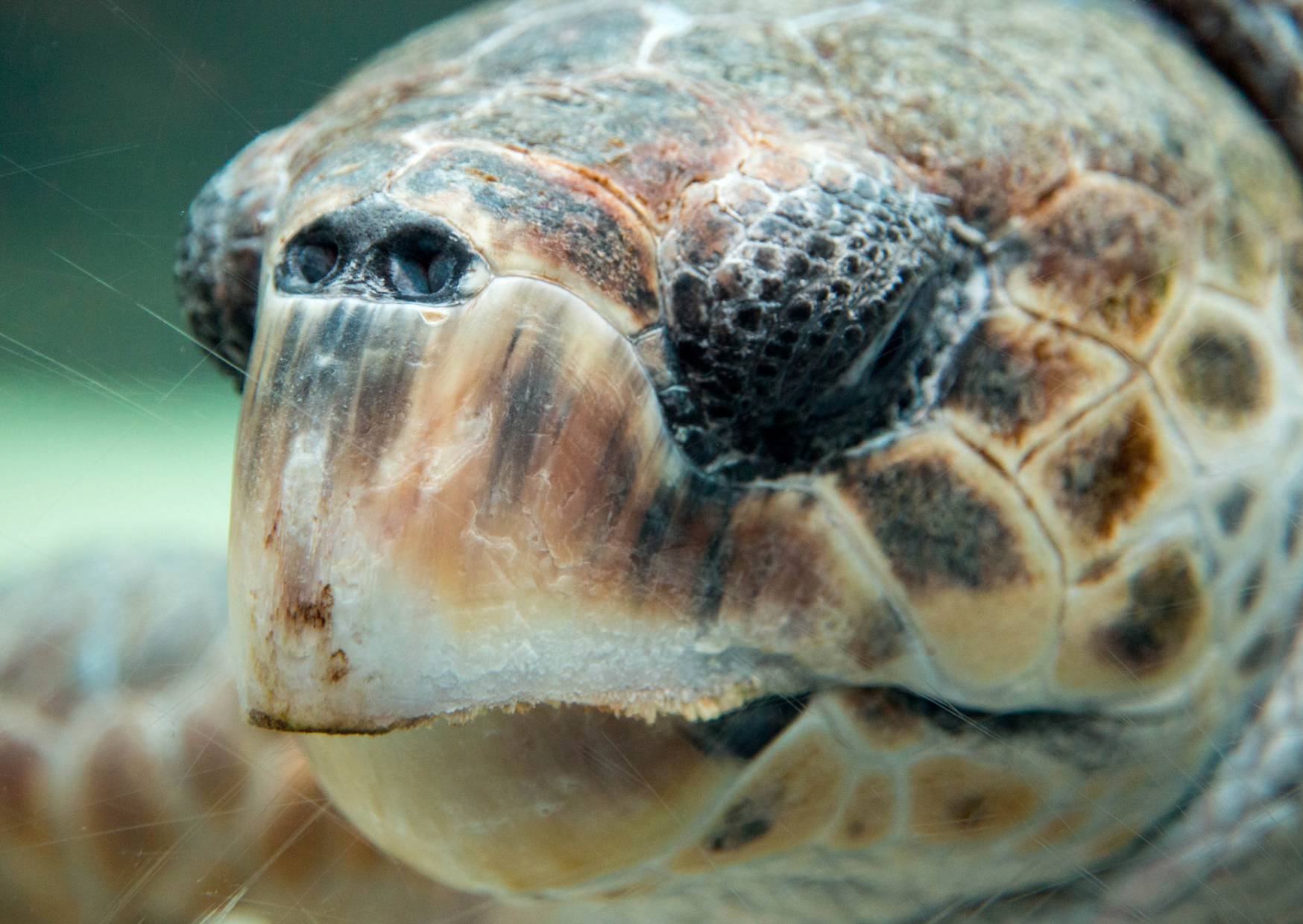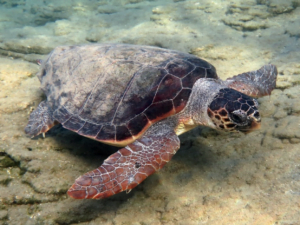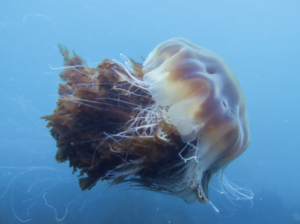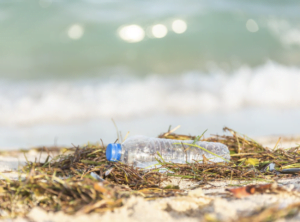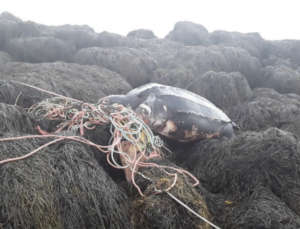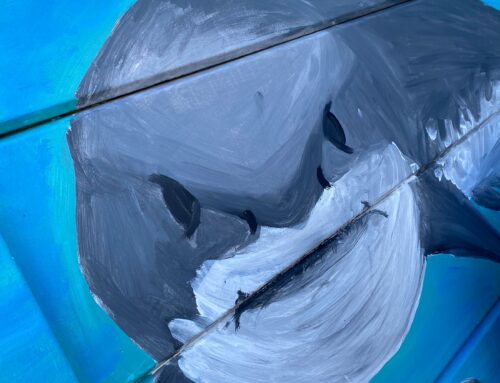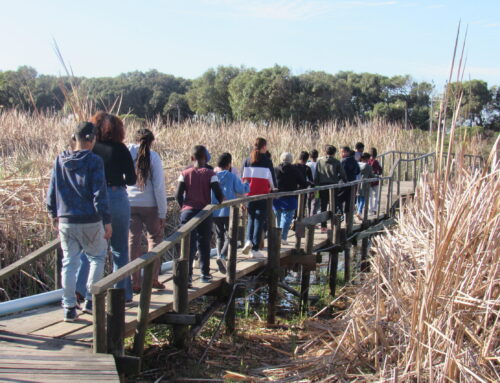Every year on May 23rd, citizens and enthusiasts around the world come together to celebrate World Turtle Day. This day is dedicated to raising awareness about these ancient creatures and the challenges they face in the wild. As we gear up to celebrate World Turtle Day, let’s shine a spotlight on South African turtles and the challenges they face.
South Africa is home to five species of turtle:
Leatherback turtle (Dermochelys coriacea): the largest turtle species, they boast a leathery shell instead of a typical, bony one and are known for their impressive ability to dive to great depths in search of jellyfish.
Loggerhead turtle (Caretta caretta): with their massive heads and powerful jaws, loggerheads are expert hunters of molluscs and crustaceans along the South African coast.
Green turtle (Chelonia mydas): sporting an olive-green shell, green turtles are the herbivores of the bunch, munching on seagrasses and algae in the warm Indian Ocean waters.
Hawksbill turtle (Eretmochelys imbricata): named for their distinctive hawk-like beak, they are often found among coral reefs, where they help maintain the health of reef ecosystems by feeding on sponges and other invertebrates.
Olive Ridley turtle (Lepidochelys olivacea): The smallest of the South African turtles, they are known for their unique nesting behaviour, where thousands of turtles come ashore simultaneously in what is known as an arribada.
All five species of turtles found in South Africa are listed as either endangered or critically endangered. They face numerous threats, both natural and human-induced, including:
- Illegal Trade: Hawksbill turtles are particularly vulnerable to illegal trade due to the high value of their shells, which are used to make jewellery and other products.
- Bycatch: Turtles often become unintentionally caught in fishing gear such as nets and longlines.
- Climate Change: Rising temperatures and sea levels associated with climate change are threatening turtle nesting beaches and alter ocean currents, which can affect the distribution of their prey.
So what are some steps we can take to conserve our turtles in South Africa?
- Support Conservation Efforts: Support local and international organizations working to protect turtles and their habitats.
- Reduce Pollution: Reduce your use of single-use plastics and properly dispose of litter to prevent it from ending up in the ocean.
- Practice Responsible Tourism: If you’re lucky enough to encounter sea turtles in the wild, do so responsibly by keeping a safe distance and avoiding any actions that may disturb or harm them.
By collaborating to tackle these threats, we can ensure the protection of turtles not only in South Africa but also across all our oceans. This World Turtle Day, let’s celebrate these incredible creatures and renew our commitment to protecting them and their ocean habitats.
- Loggerhead turtle
- Lion’s mane jellyfish is a favourite turtle snack, especially green turtles
- Sadly many turtles such as this leatherback succumb to ocean litter
- Now is the time to reduce our single-use plastics to save these magnificent creatures

